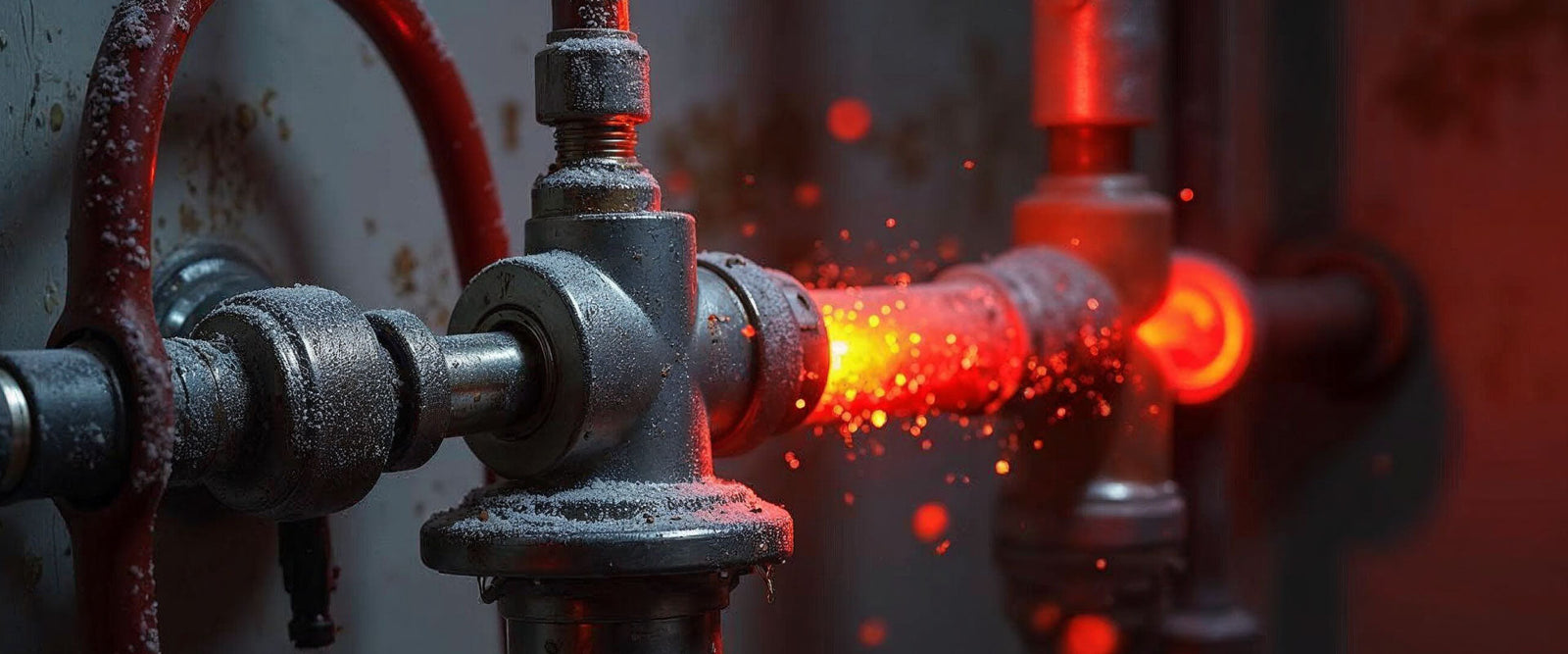Why trace heating matters
As winter approaches, homeowners and businesses face the risks of frozen pipes and unnecessary heat loss. Trace heating is a proven way to protect property, avoid costly damage and keep services running.
What is trace heating and how does it work?
Also known as heat tracing, trace heating uses electric heating cables fixed to pipes, valves or tanks to maintain temperature. By applying controlled heat directly to the surface, it helps prevent freezing, stabilises flow and reduces heat loss when temperatures drop.
Why pipes freeze & what heat loss causes
- Burst pipes and expensive remedial repairs
- Operational downtime - especially costly for businesses
- Health and safety risks from leaks or flooding
- Higher energy bills and system inefficiency due to uncontrolled heat loss
Where trace heating is used
- Residential: protecting water pipes, boilers, roof gutters and downpipes
- Commercial: hotels, offices and retail - ensuring continuous services
- Industrial: factories, chemical plants and process lines that require stable temperatures
How to choose the right trace heating kit
- Pipe size & type: output requirements vary with diameter and material
- Environment: indoor vs outdoor, exposure and insulation thickness
- Power output: ensure sufficient wattage to maintain target temperatures
- Controls & thermostat: accurate temperature control improves efficiency
Installation & maintenance tips
- Follow the manufacturer’s installation guide carefully
- Inspect cables periodically for wear or damage
- Verify thermostat operation and settings
- Apply suitable pipe insulation over the cables to boost performance and reduce energy use
Explore products
Buy Insulation supplies trace heating kits designed for homes, businesses and industrial applications.


